Day Flying Moths - COSSIDAE, TORTRICIDAE, CASTNIIDAE, CHOREUTIDAE, ZYGAENIDAE and LIMACODIDAE
Order Lepidoptera
This page contains pictures and information about Day Flying Moths Caterpillars that we found in the Brisbane area, Queensland, Australia.

- The moths in this group we found include serval different families. Most of them are colourful and active during the day.
Classification :
- Family Cossidae - Wood Moth and Goat Moth
- Moths in the family Cossidae are from large to very large size. They have long and narrow wings like those of Hawk moths. They are mostly brown or grey in colours. The adult moths in this family do not feed so their mouth parts are largely reduced.
-
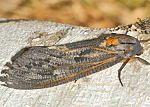
- Family Tortricidae - Leafrollers, Bell Moths
- Tortricidae is the only family in superfamily Tortricoidea. Some member of this family are called Leafrollers because their caterpillars roll the leaves of their food plant. They are sometimes called Bell Moths because their adults have the shape of church bell.
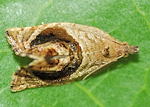
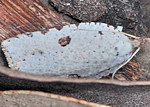
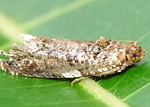
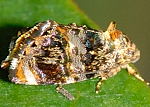
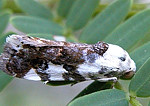
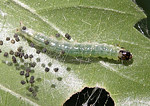
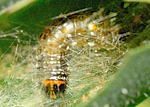
Superfamily COSSOIDEA
Superfamily TORTRICOIDEA
Superfamily COSSOIDEA
- CASTNIIDAE - Sun Moths
- The moths in this family are commonly known as Sun Moths. They fly actively during the day. They have clubbed antenna but they are not butterflies. They are medium to large in size. They have dull brown forewings but bright colour hind wings.
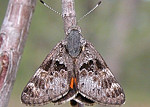
Superfamily SESIOIDEA
- CHOREUTIDAE - Metallica Moths
- Moths in this family are from very small to small in size. They have simple and short antennal. They usually have the metallic colours on broad wings and are active during the day. They rest with their wings raised and curled. They walk with rapid jerky style. If disturbed, they are readily to take off.
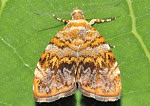
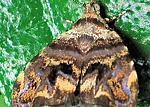
Superfamily ZYGAENOIDEA
- ZYGAENIDAE - Zygaenoid Moths
- The moths in this family are from small to medium in size. They are usually in metallic blue, green or black colours. They have thickened antenna. They are active during the day.
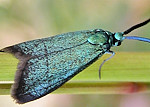
LIMACODIDAE - Cup Moths- Cup moth adults have scout and furry bodies with board wings. They are medium in size. They are usually yellow to brown in colours. They have smooth head and maxillary palps short or absent. The antenna are half of the body length and held antenna back along edge of wings when rest. They are mostly nocturnal although some are thought to be diurnal. They fly rapidly and erratically.
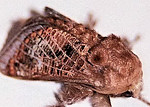
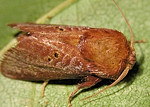
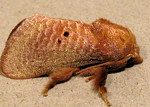
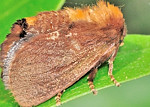
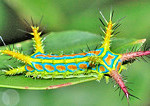
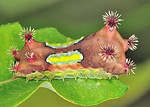
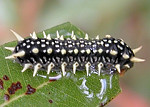
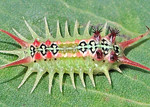

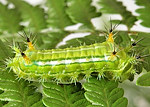
- Reference:
- 1. Insects of Australia, CSIRO, Division of Entomology, Melbourne University Press, 2nd Edition 1991, pp 817.
- 2. Insects of Australia and New Zealand - R. J. Tillyard, Angus & Robertson, Ltd, Sydney, 1926, p396.
- 3. Caterpillars of Australian Moths - Don Herbison-Evans & Stella Crossley, 2007
- 4. MOTH FAMILIES - Some Australian Moths from South-East Queensland, Ian McMillan, 2006.
- 5. Moths of Australia - I. F. B. Common, Melbourne University Press, 1990, p174.
- 6. Moths of Australia - Bernard D'Abrera, Lansdowne Press, Melbourne, 1974.
- 7. Northern Territory Insects, A Comprehensive Guide CD - Graham Brown, 2009.
- 8. Australian Moths Online - CSIRO Ecosystem Sciences 2011.
- Back to Top
